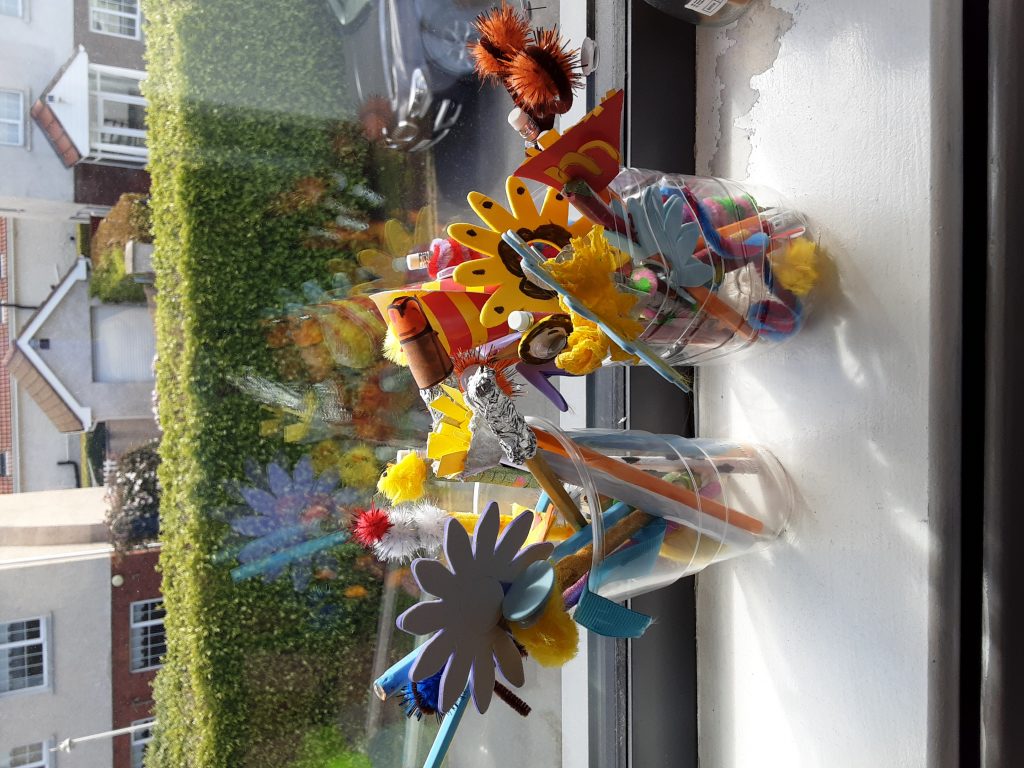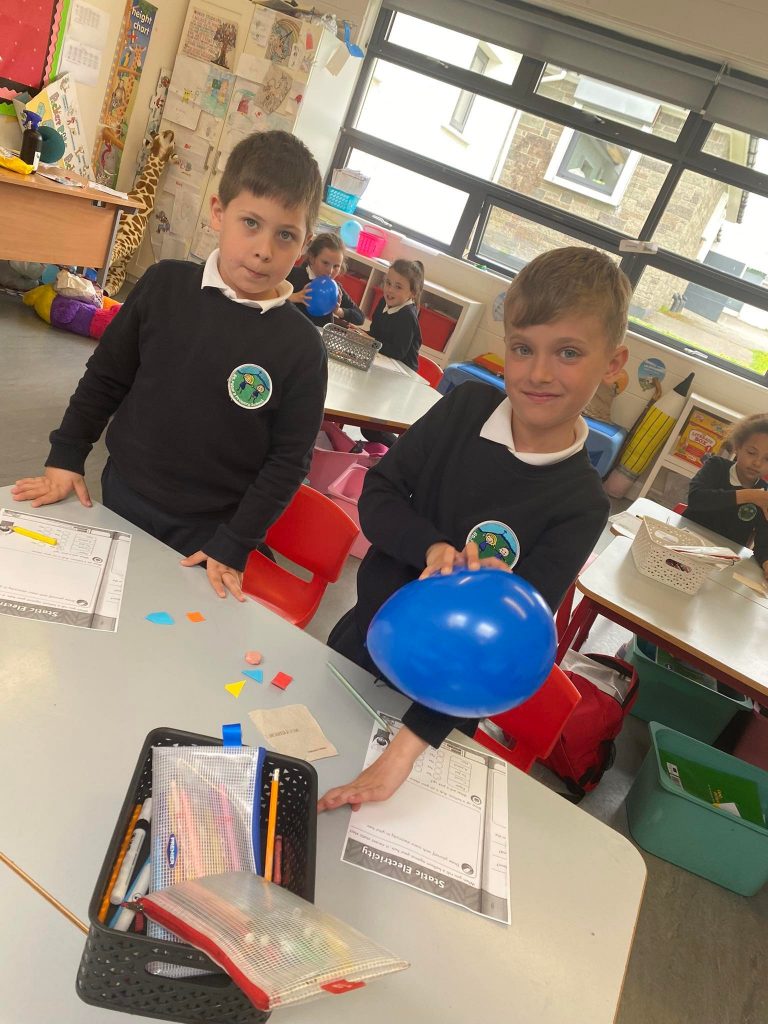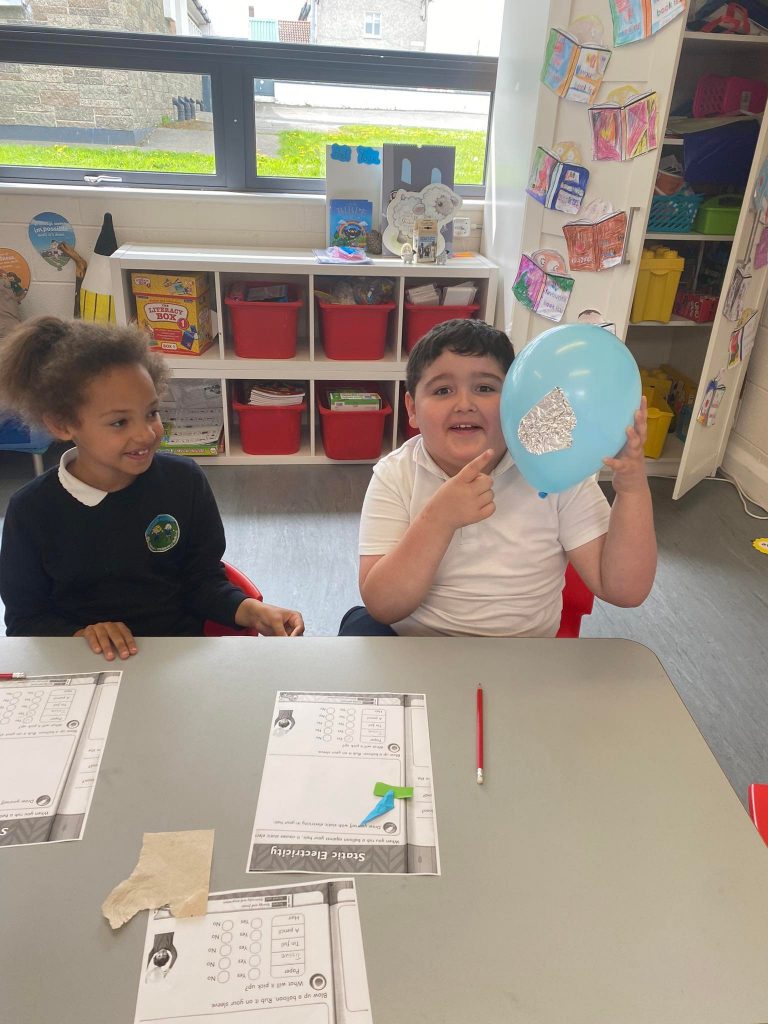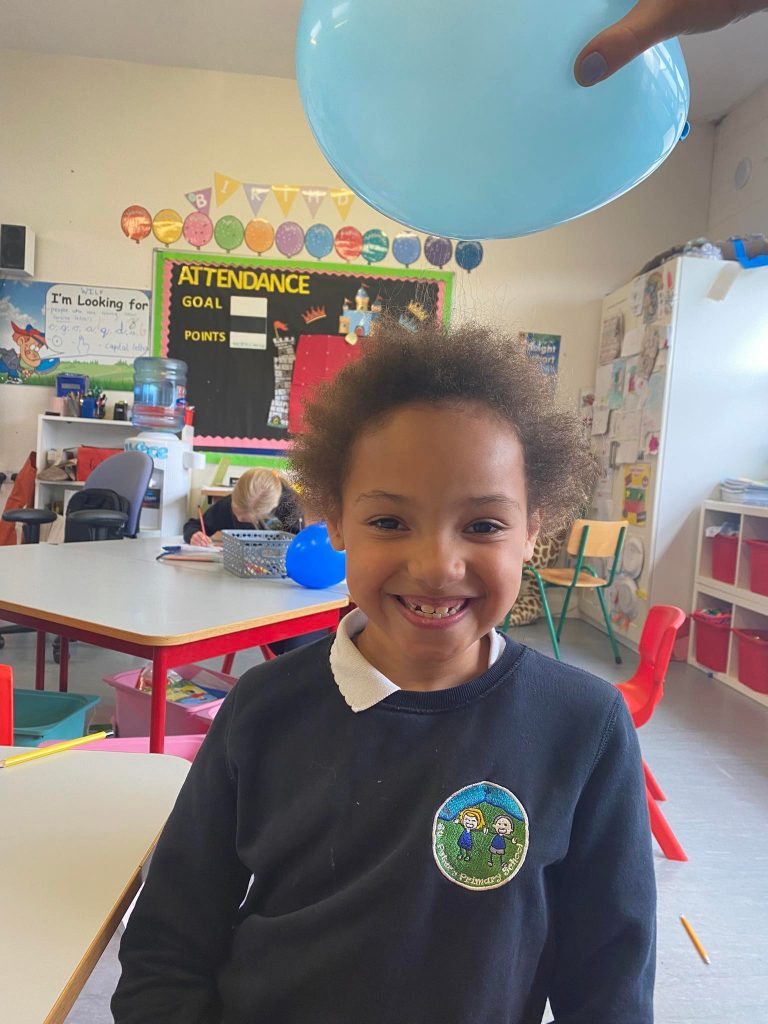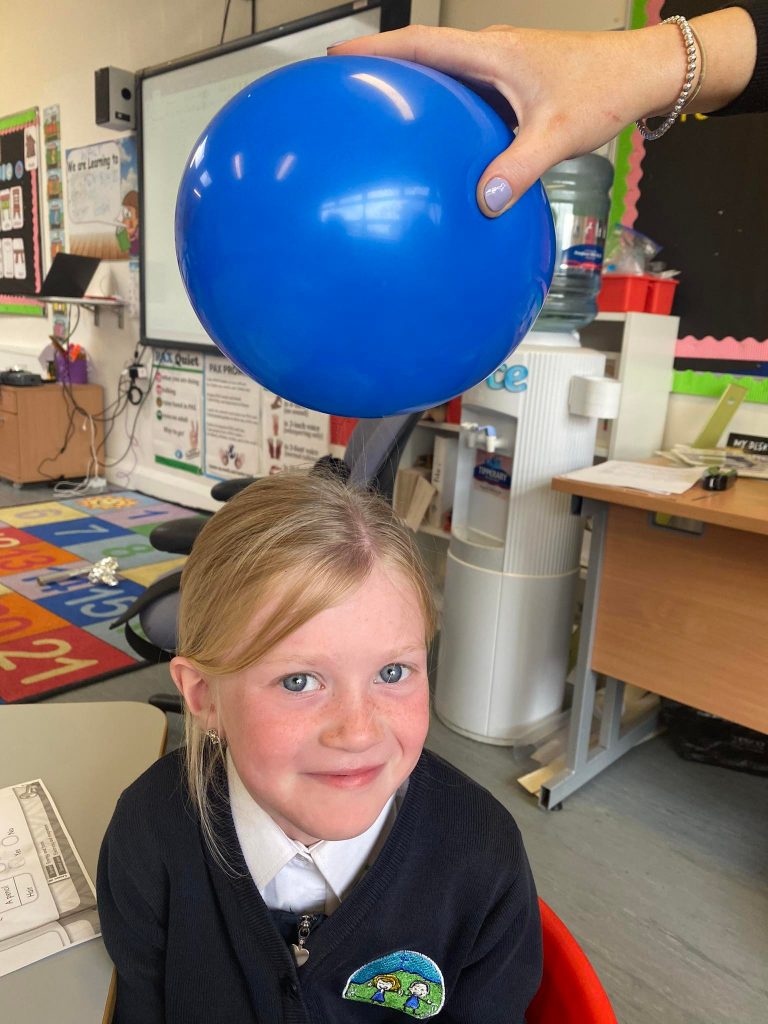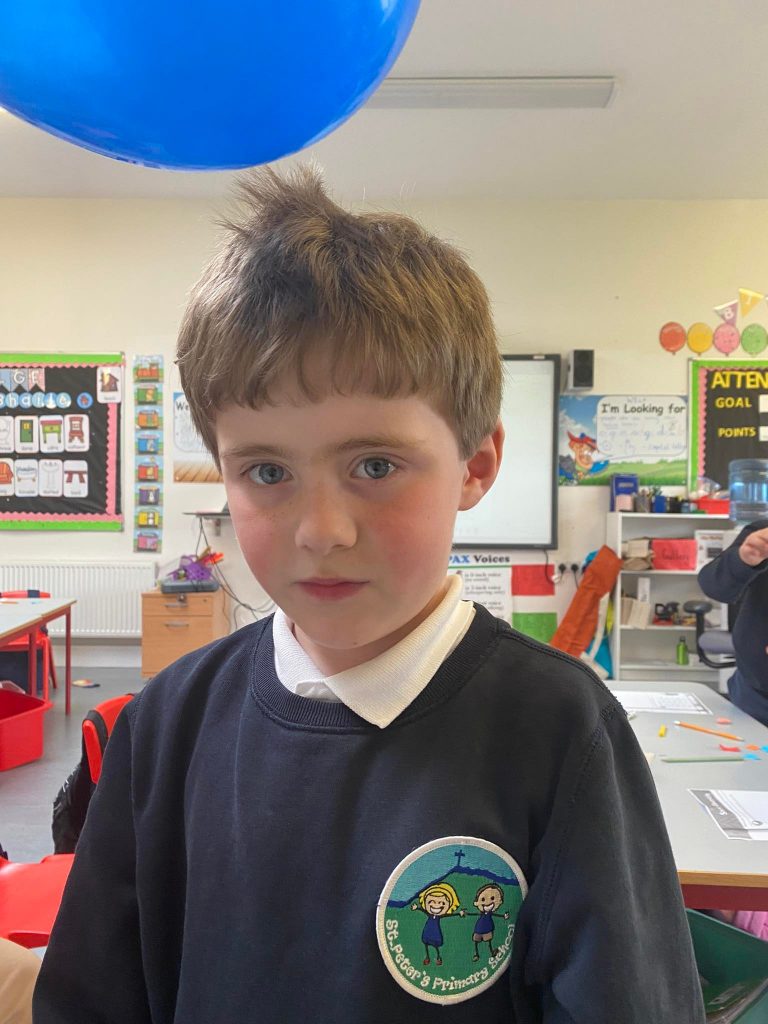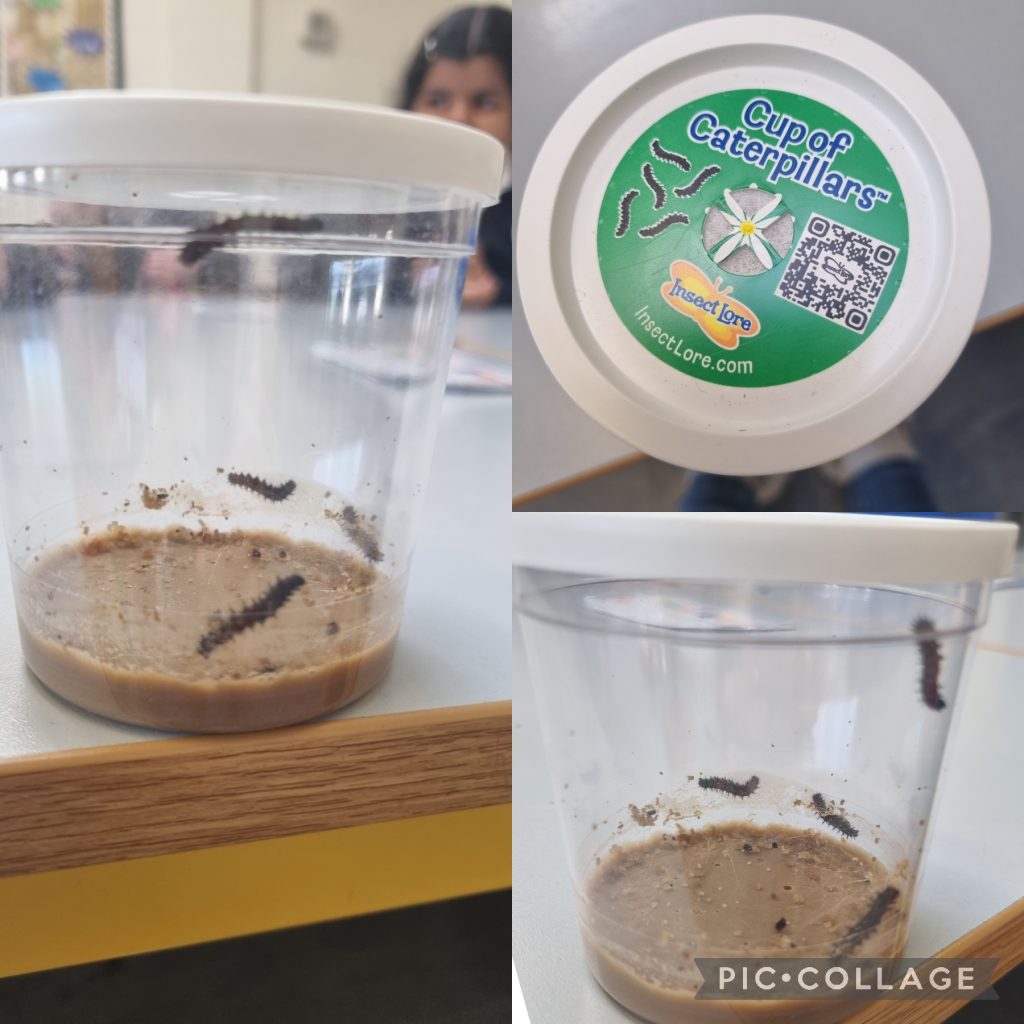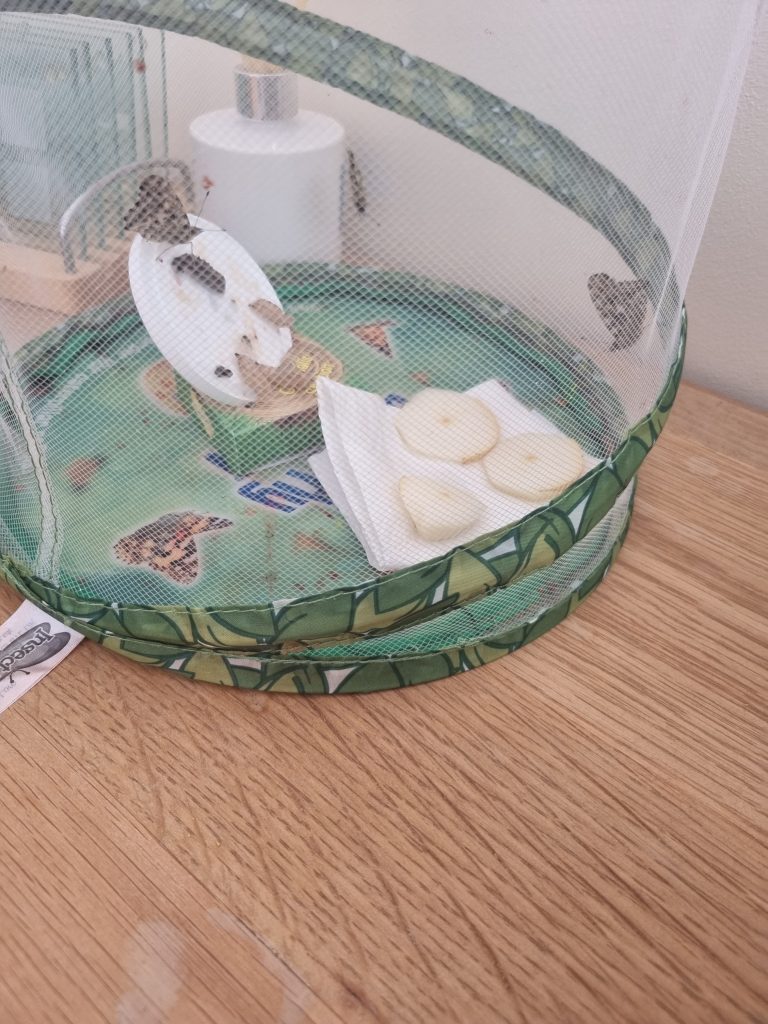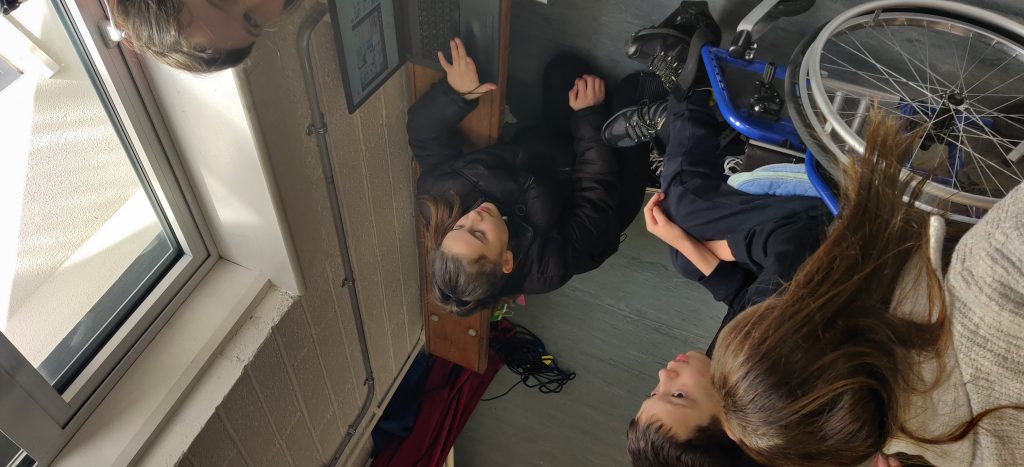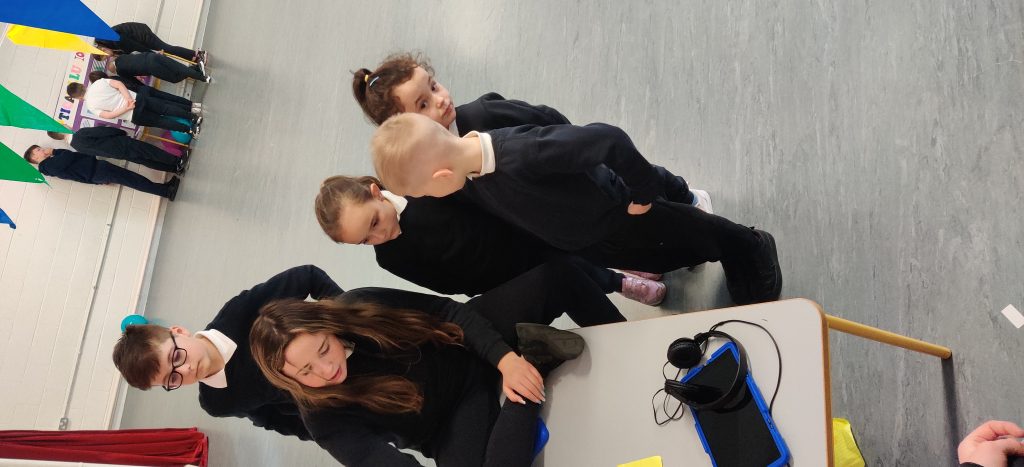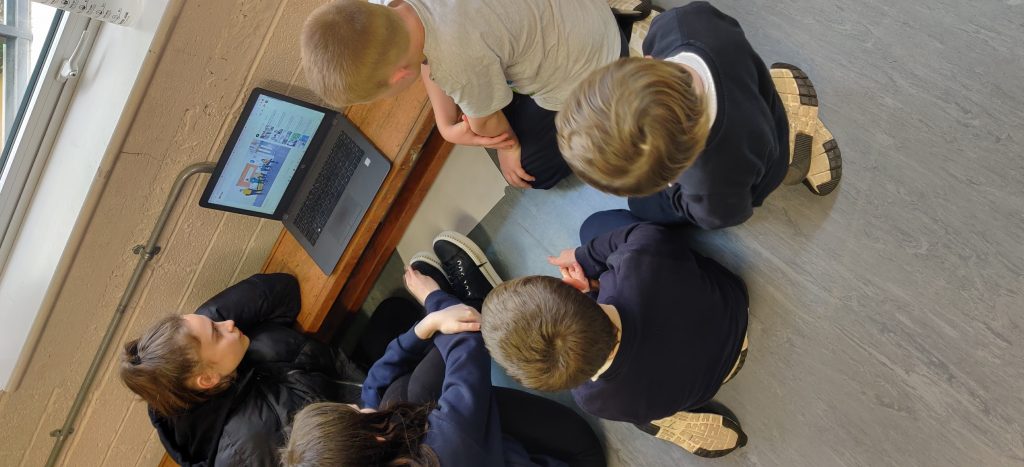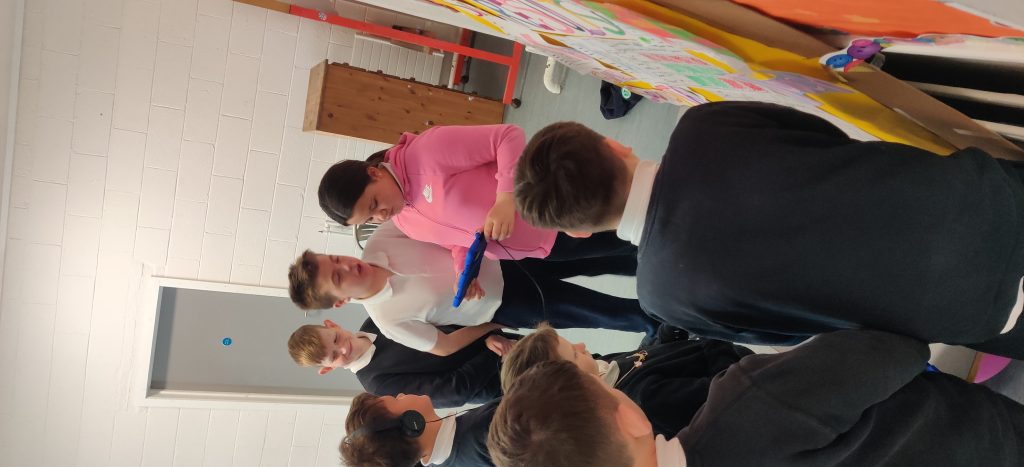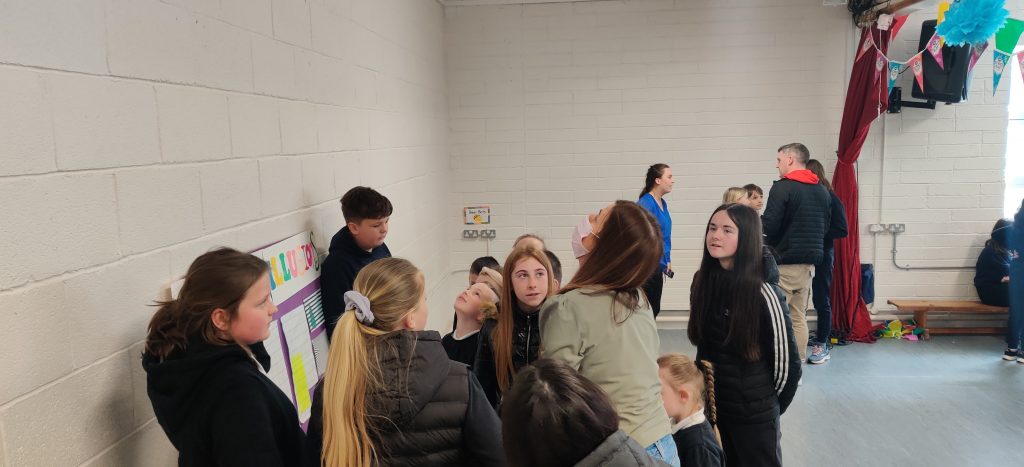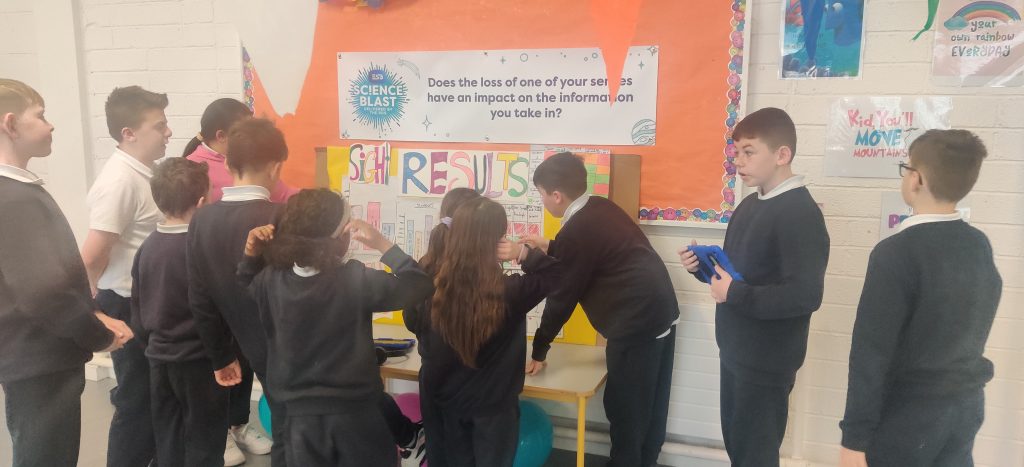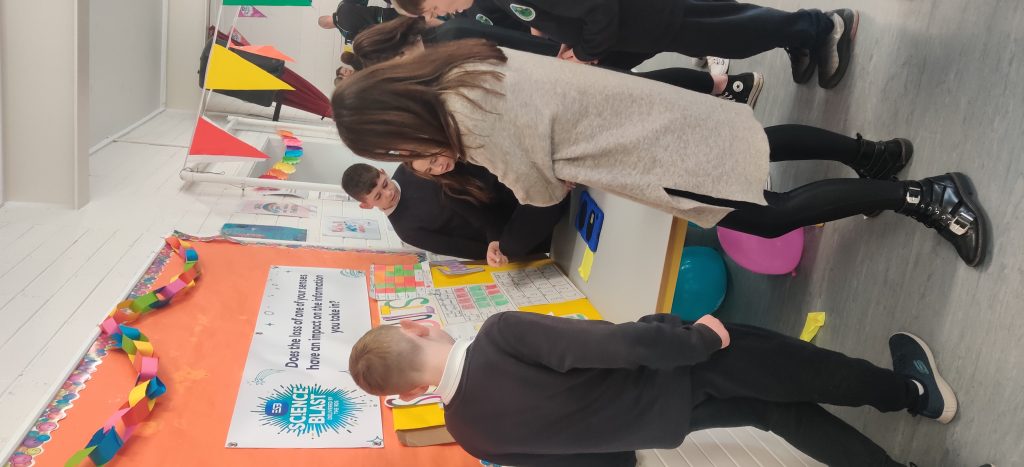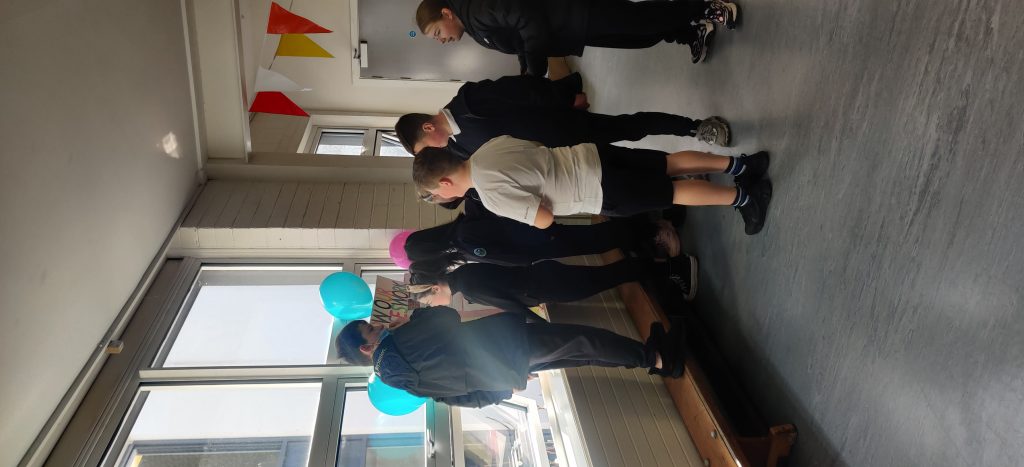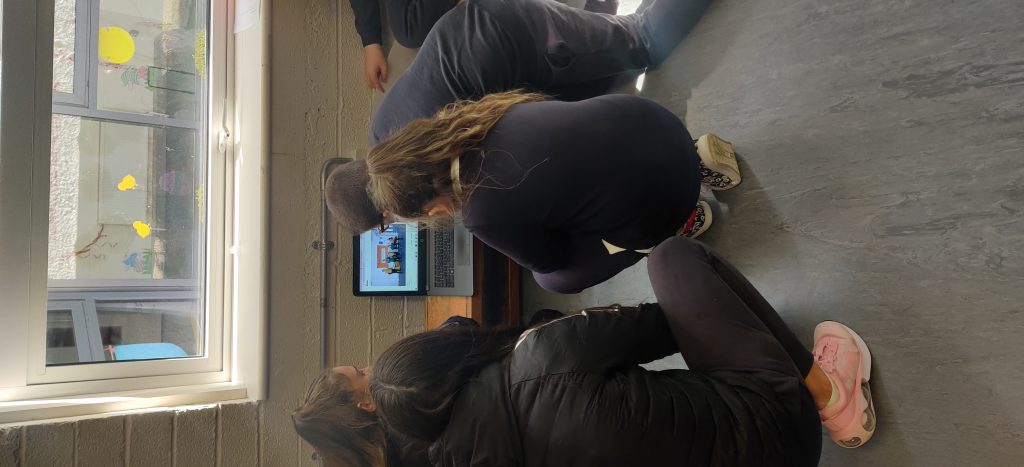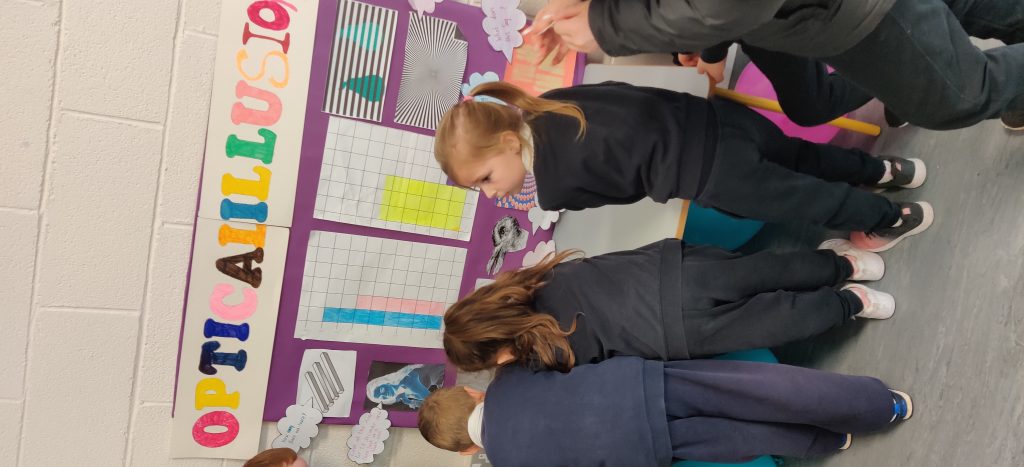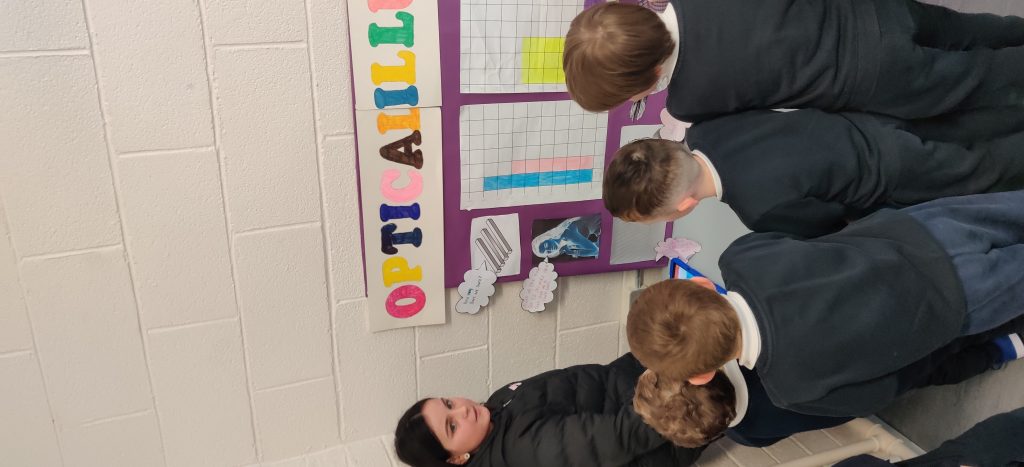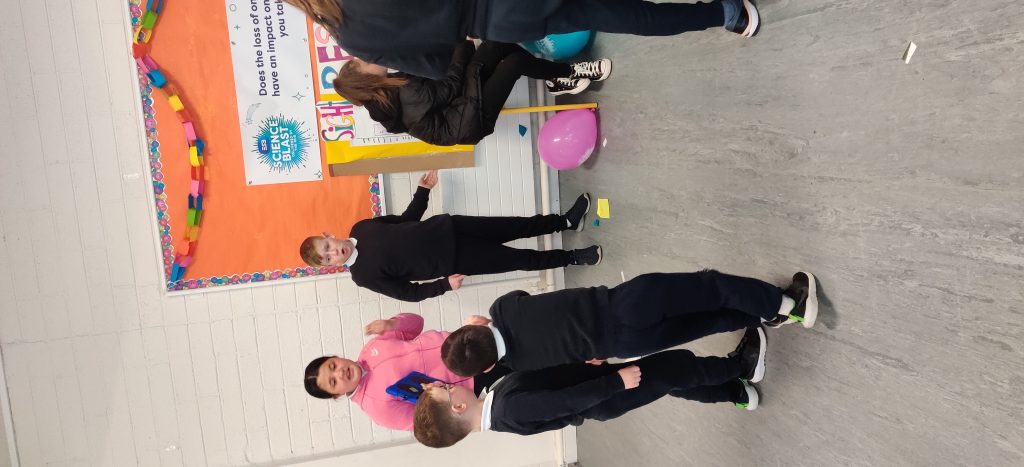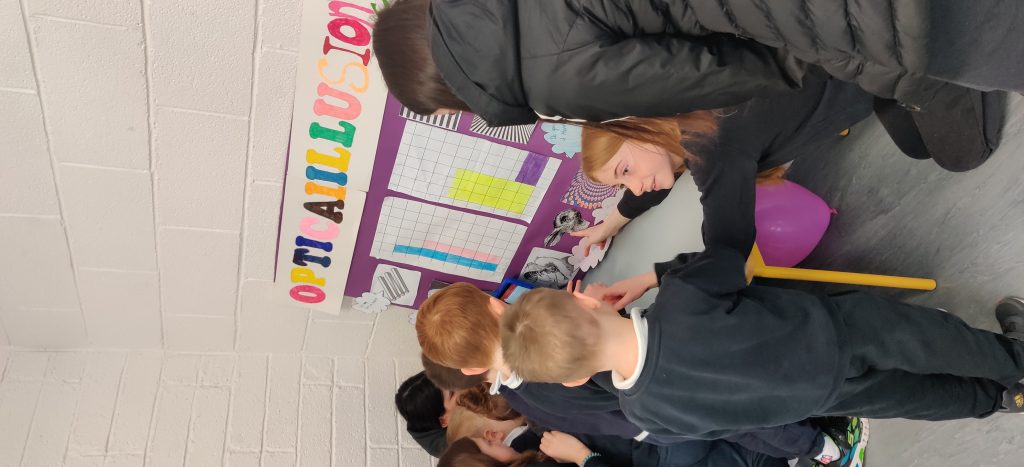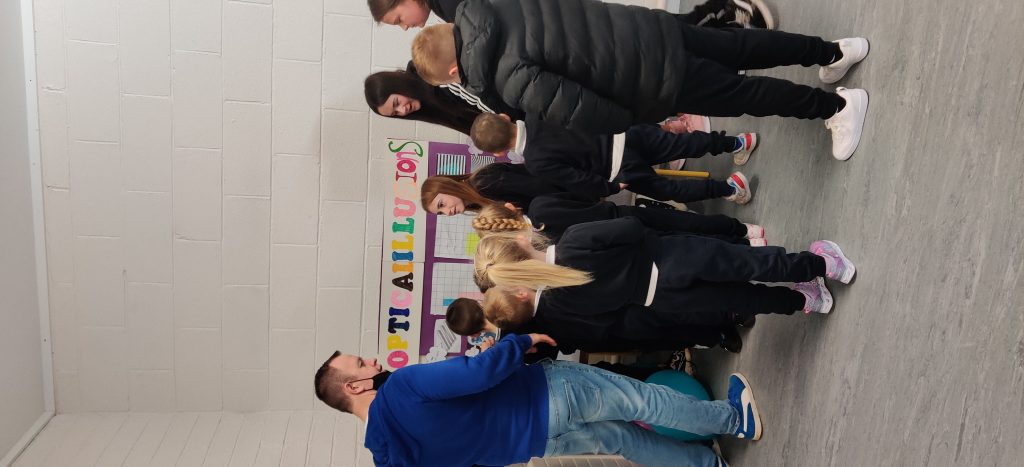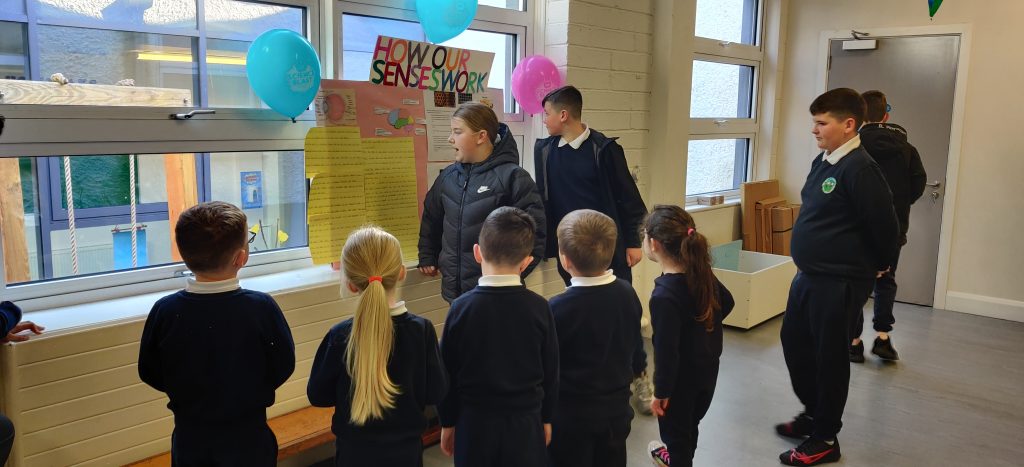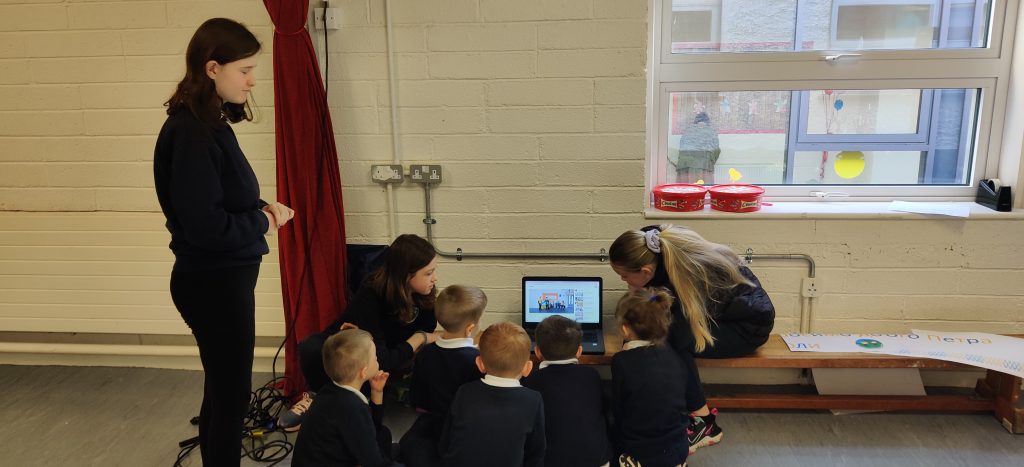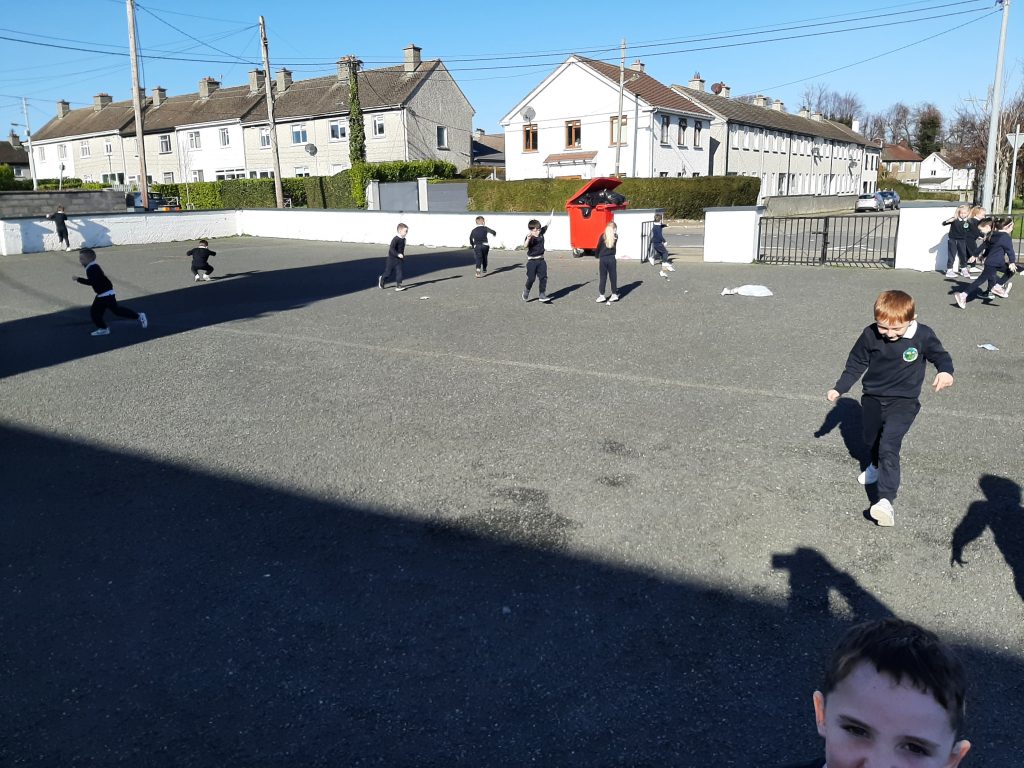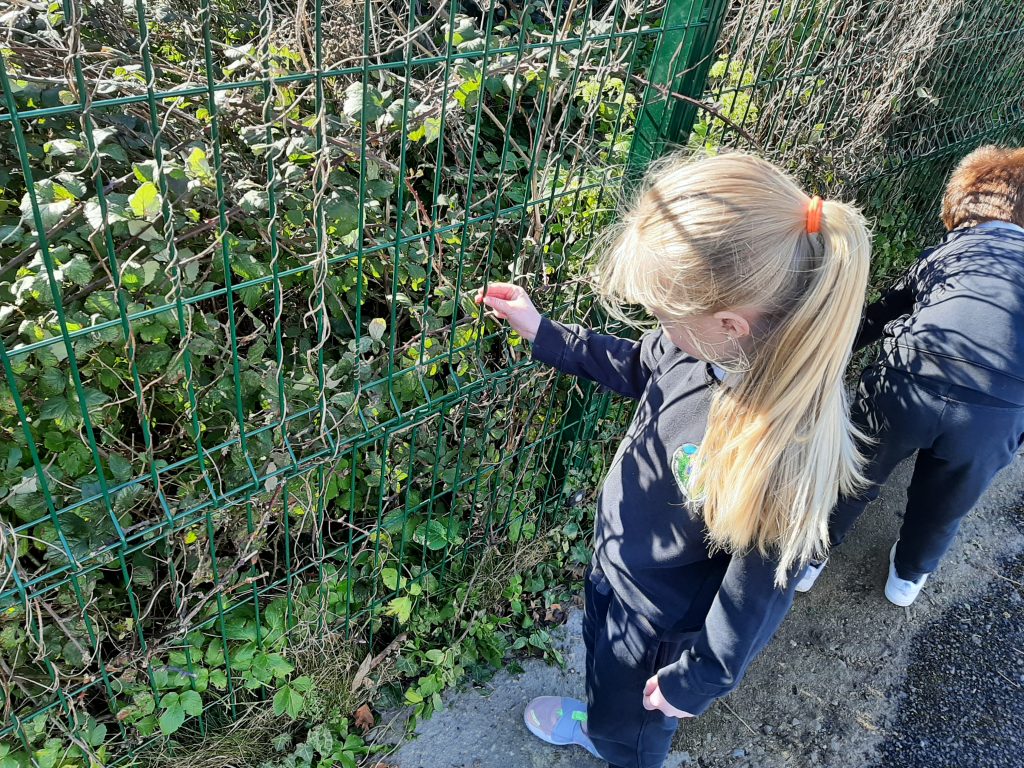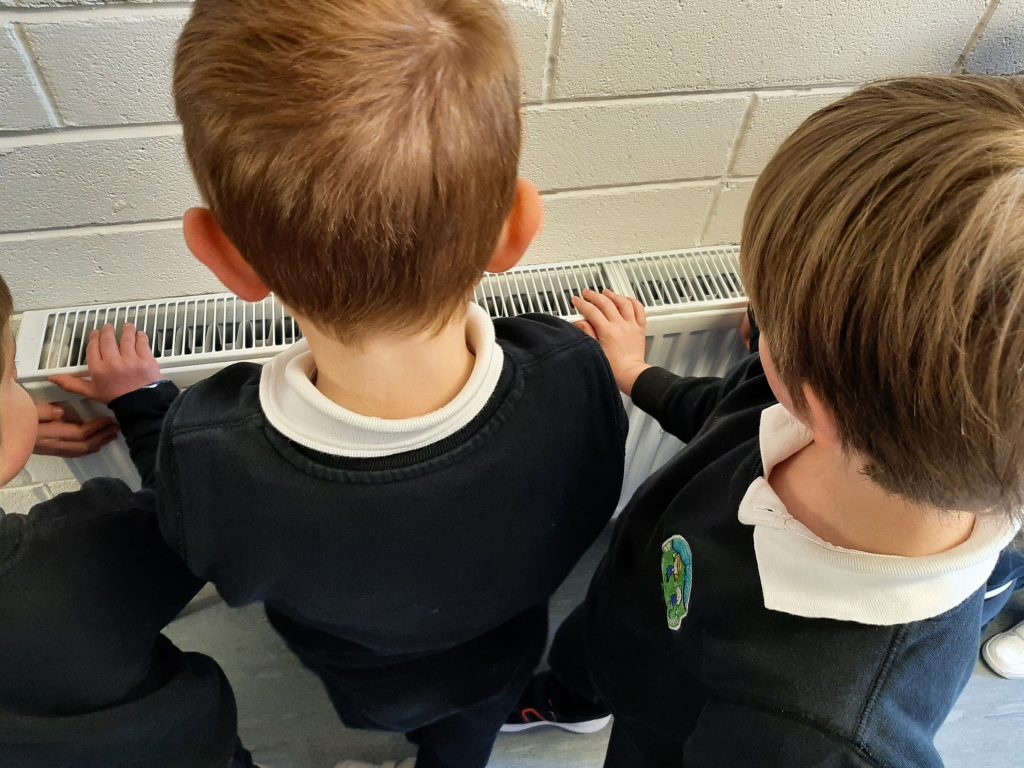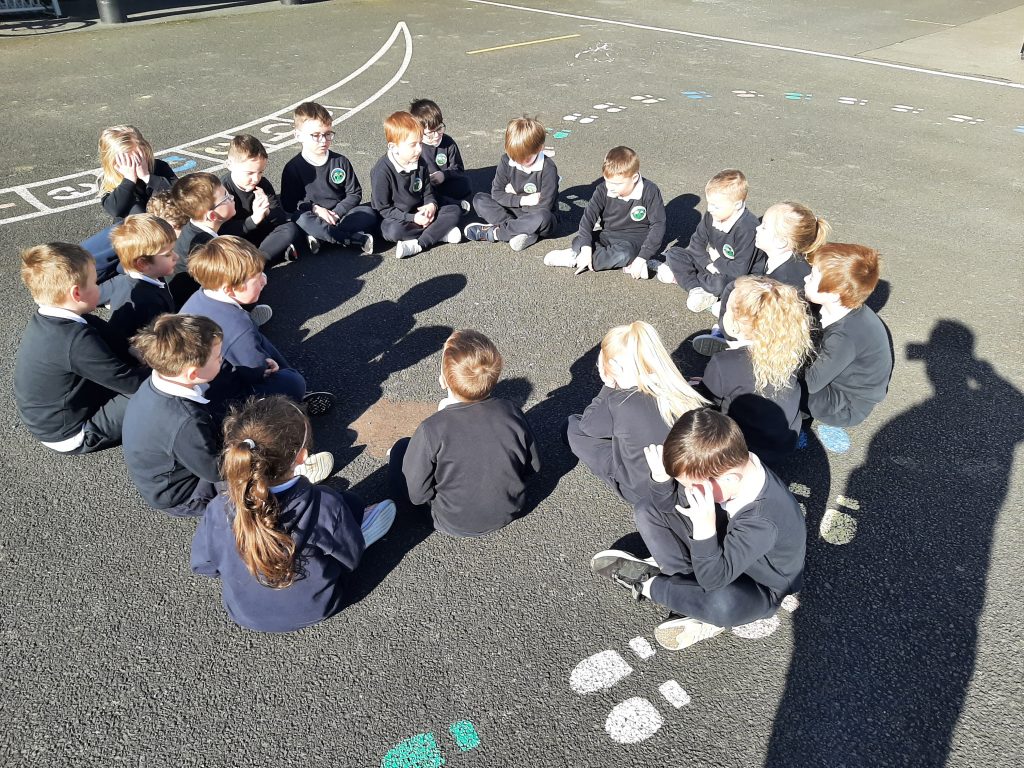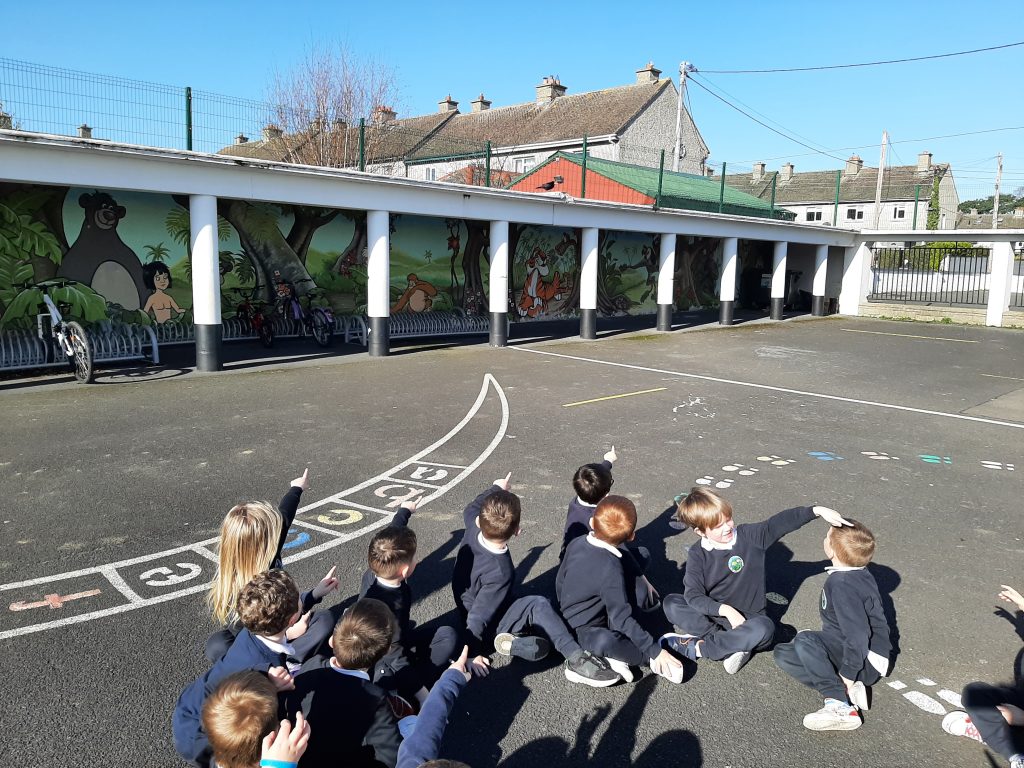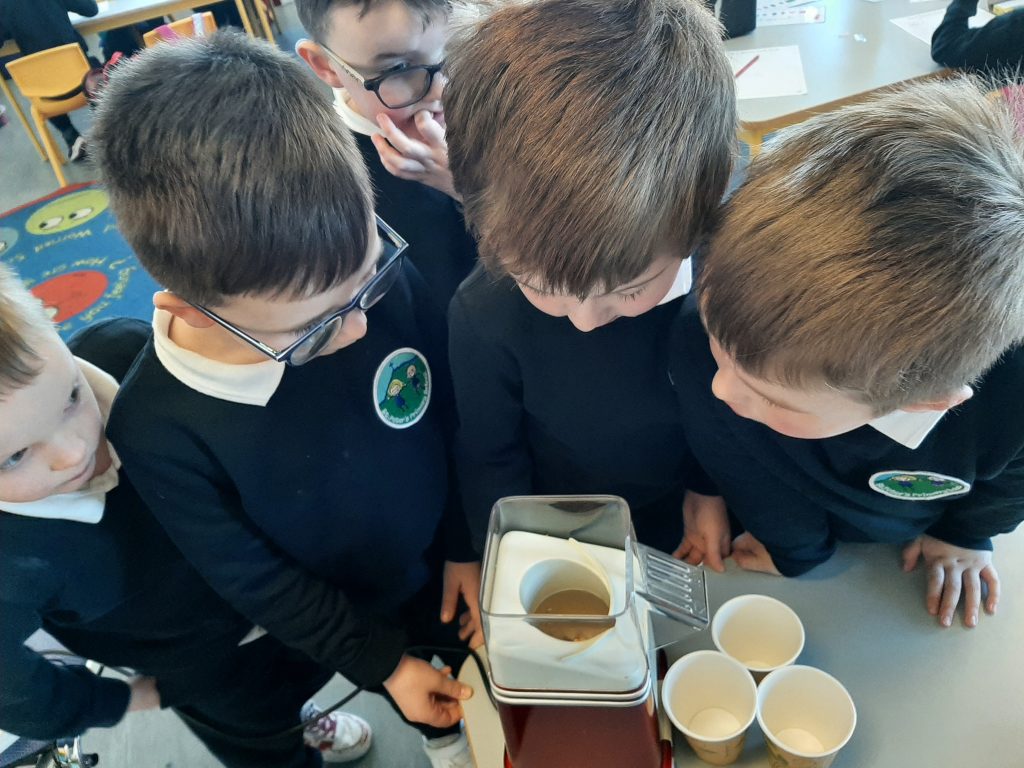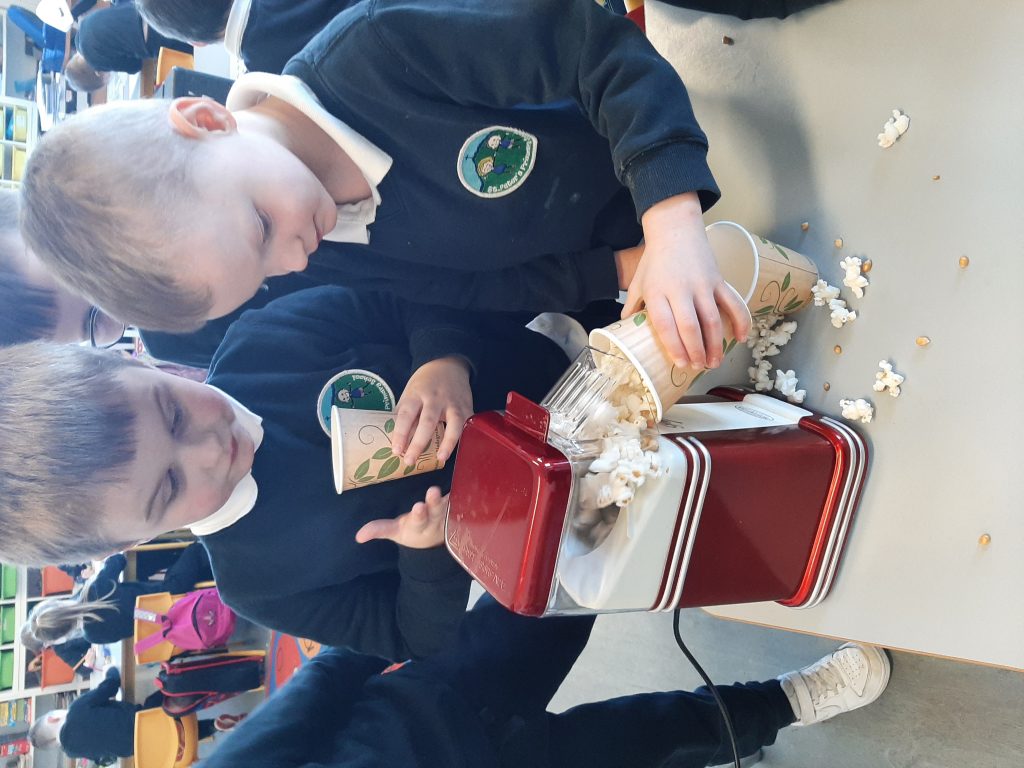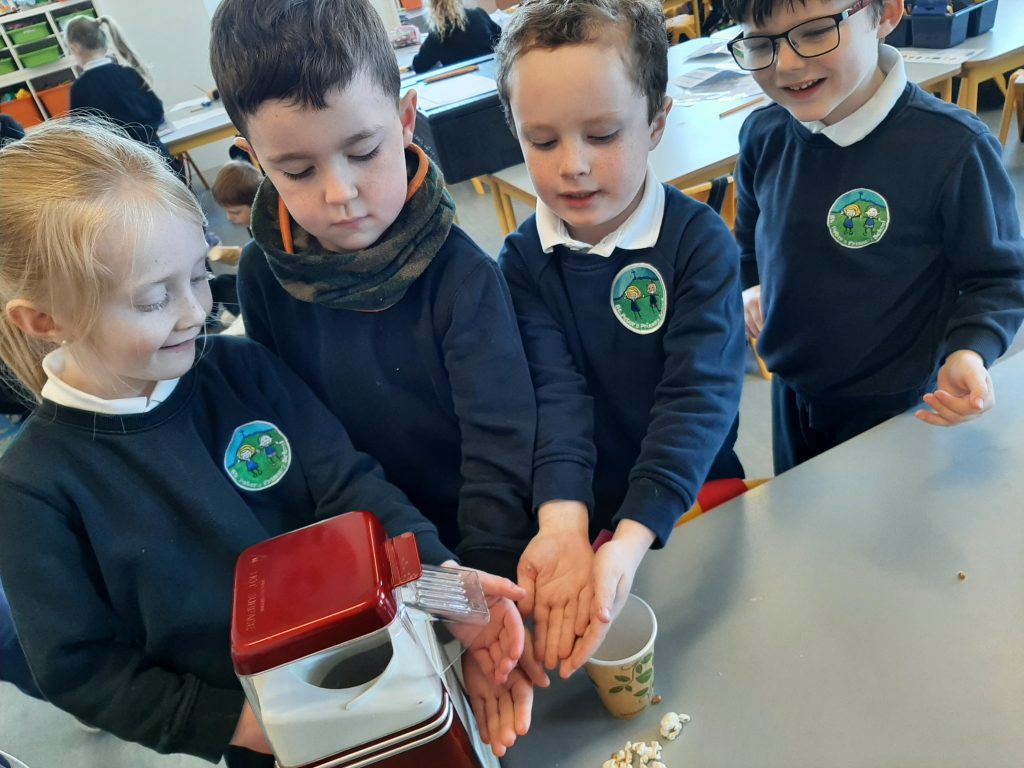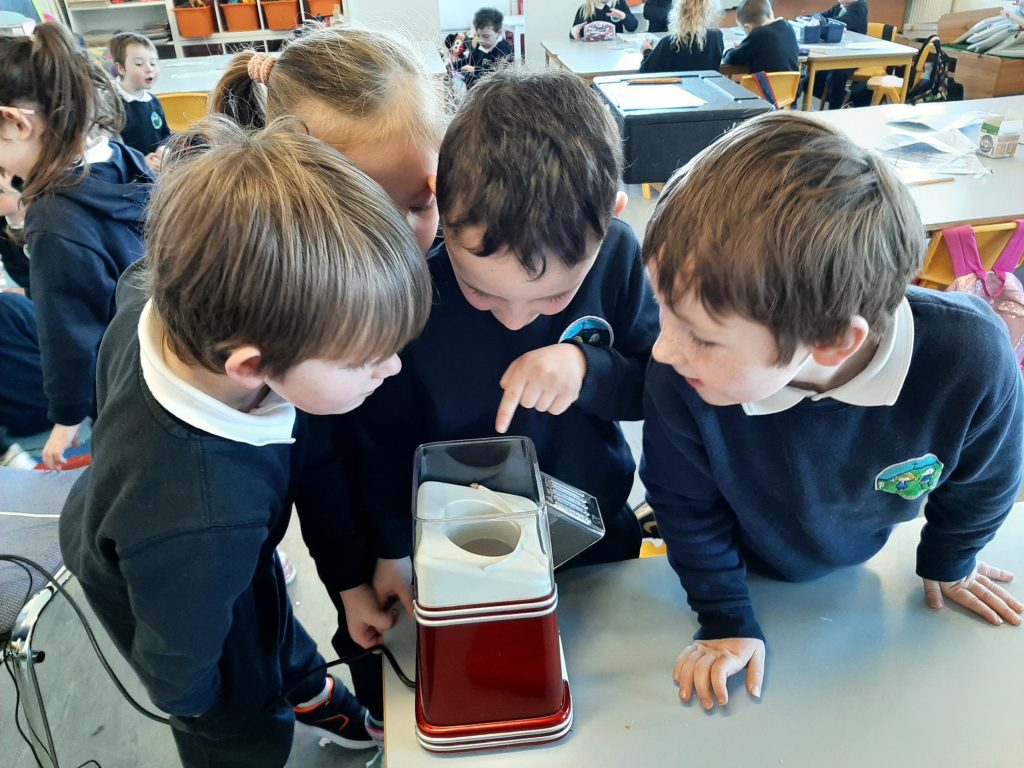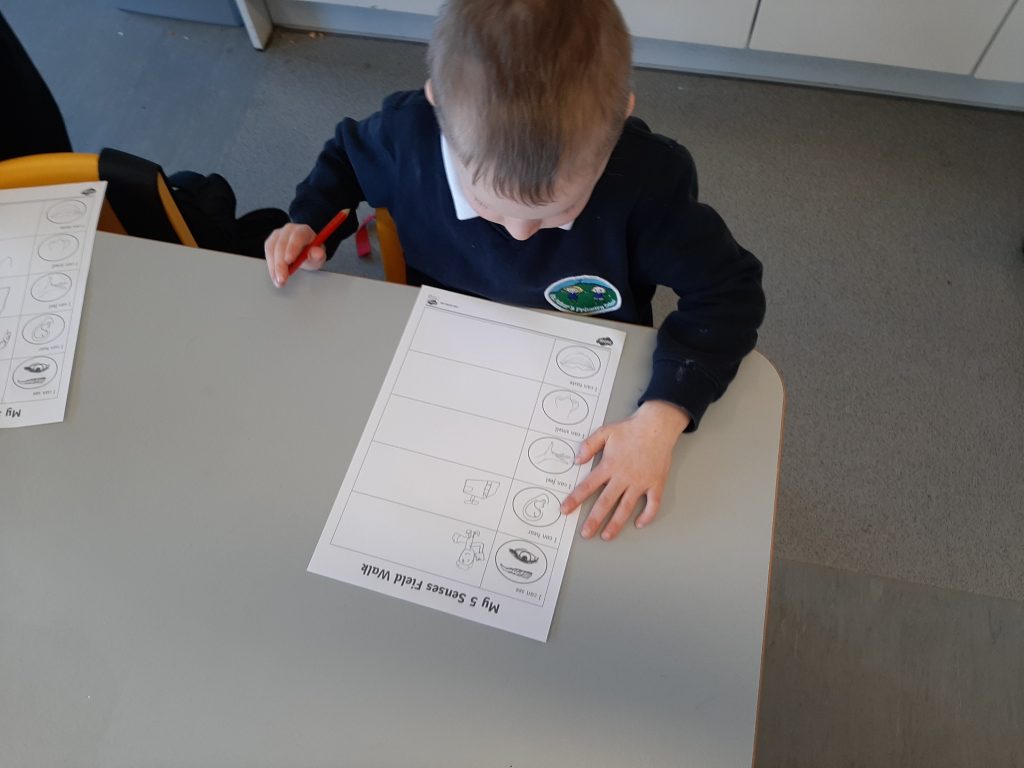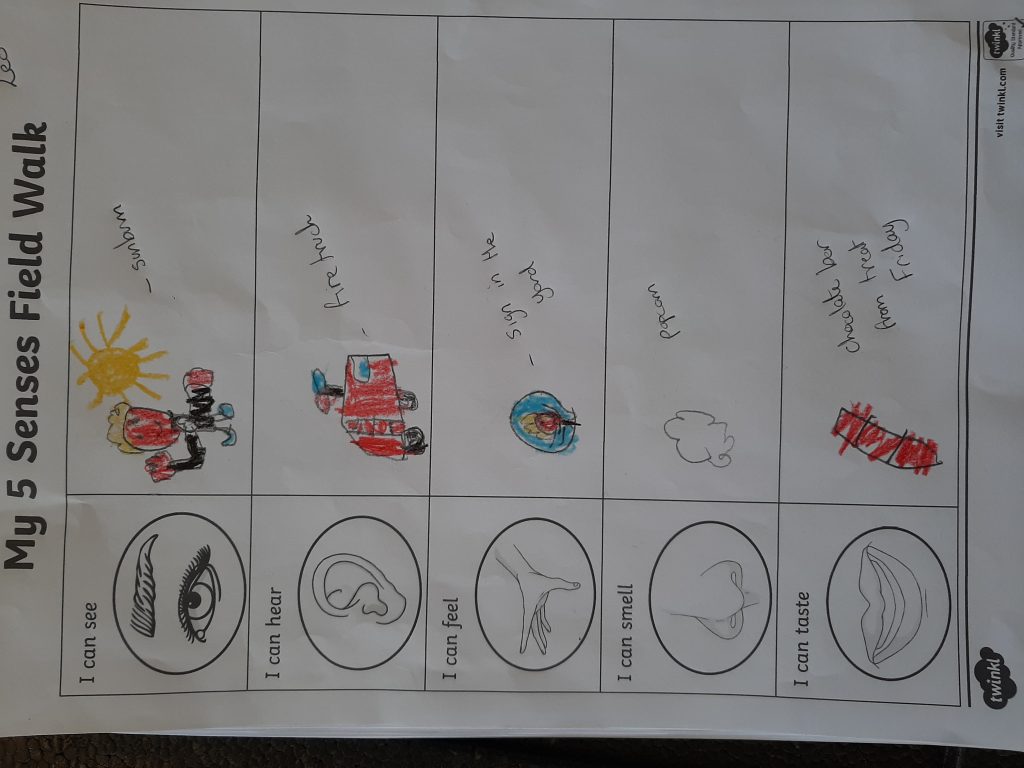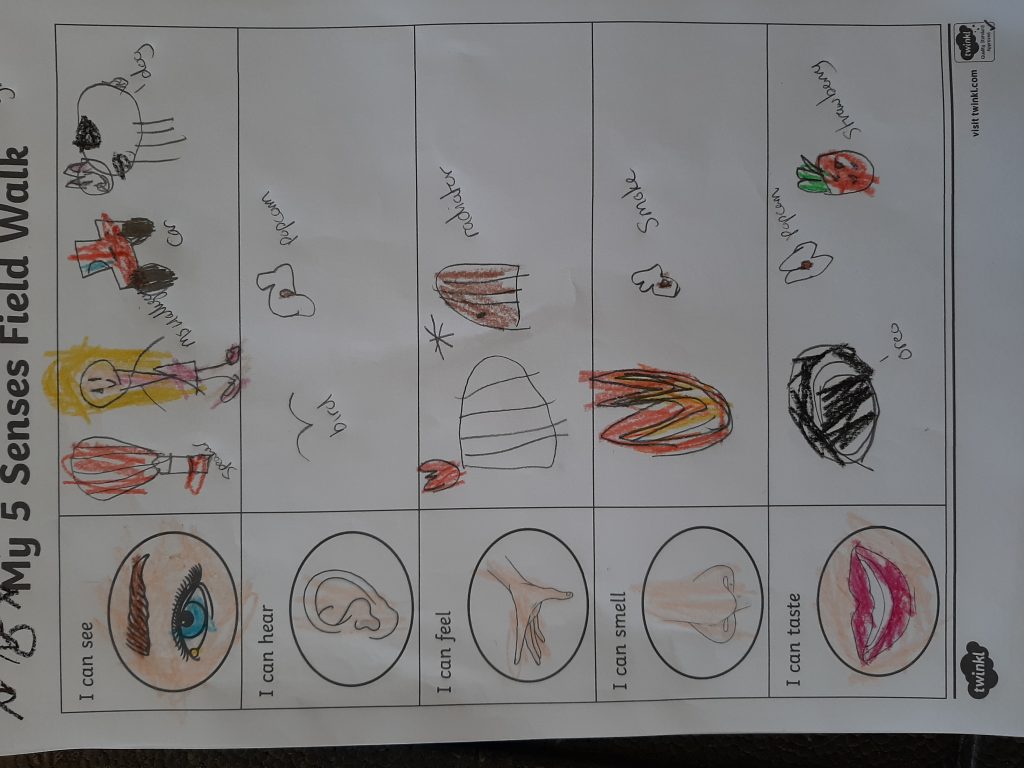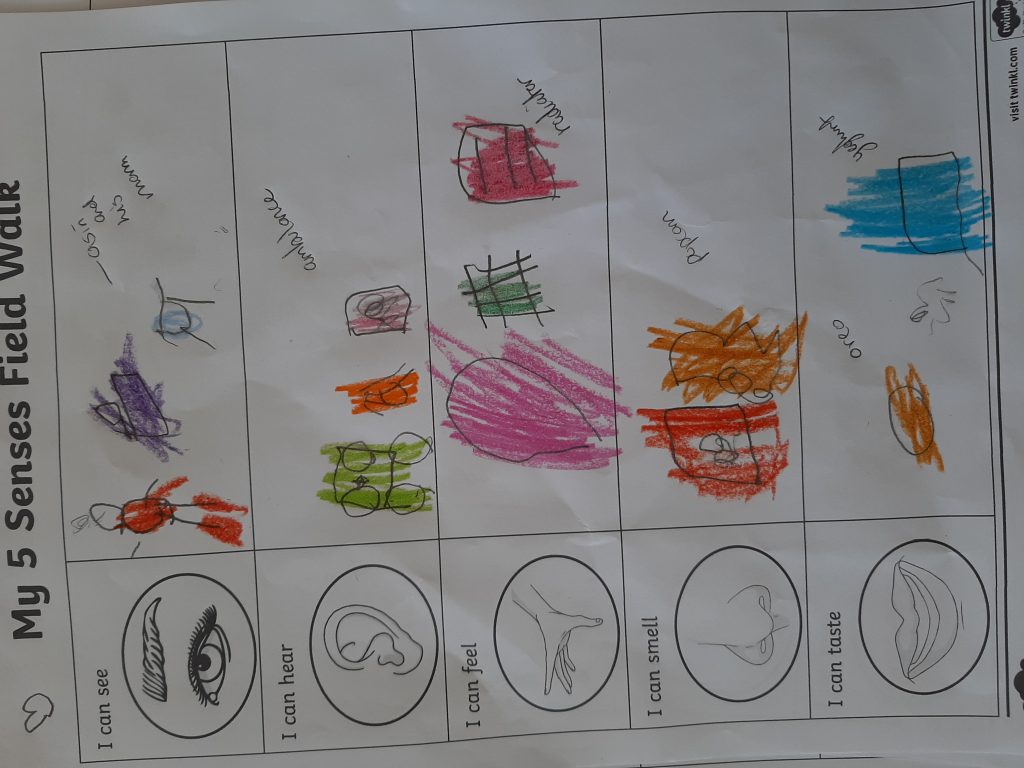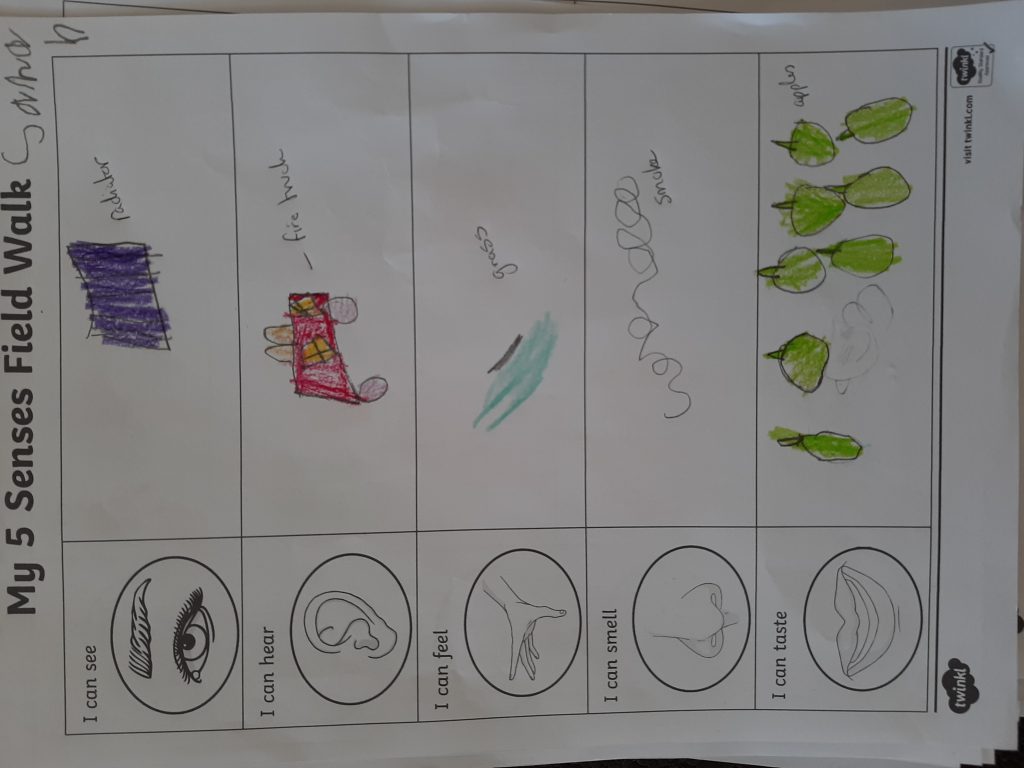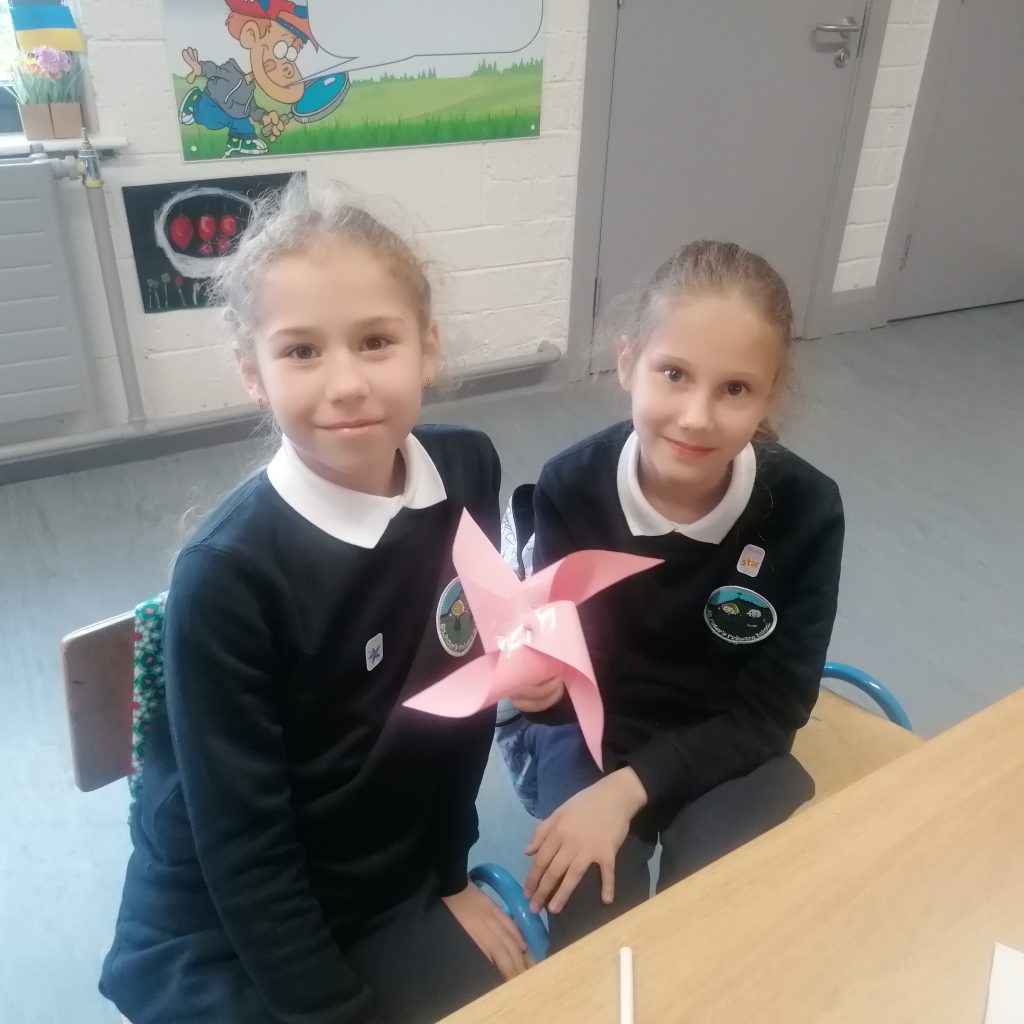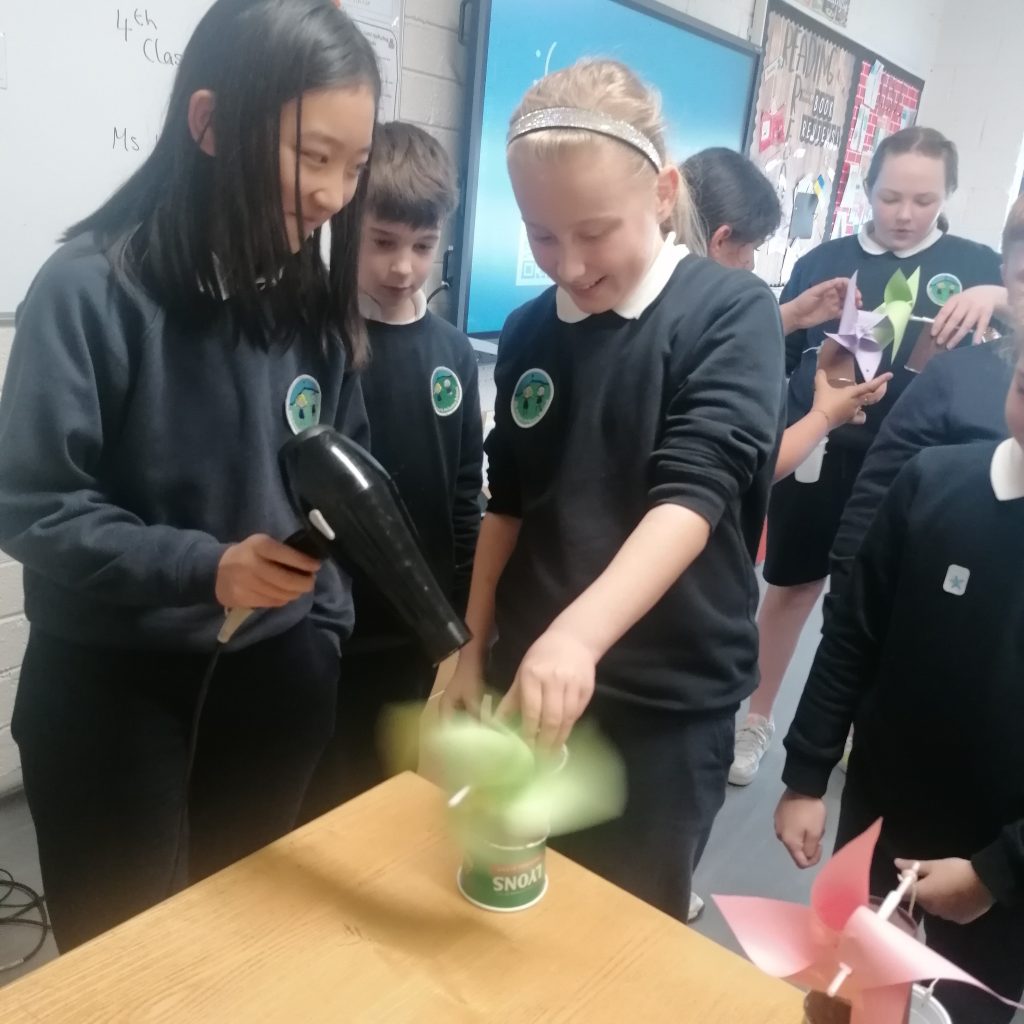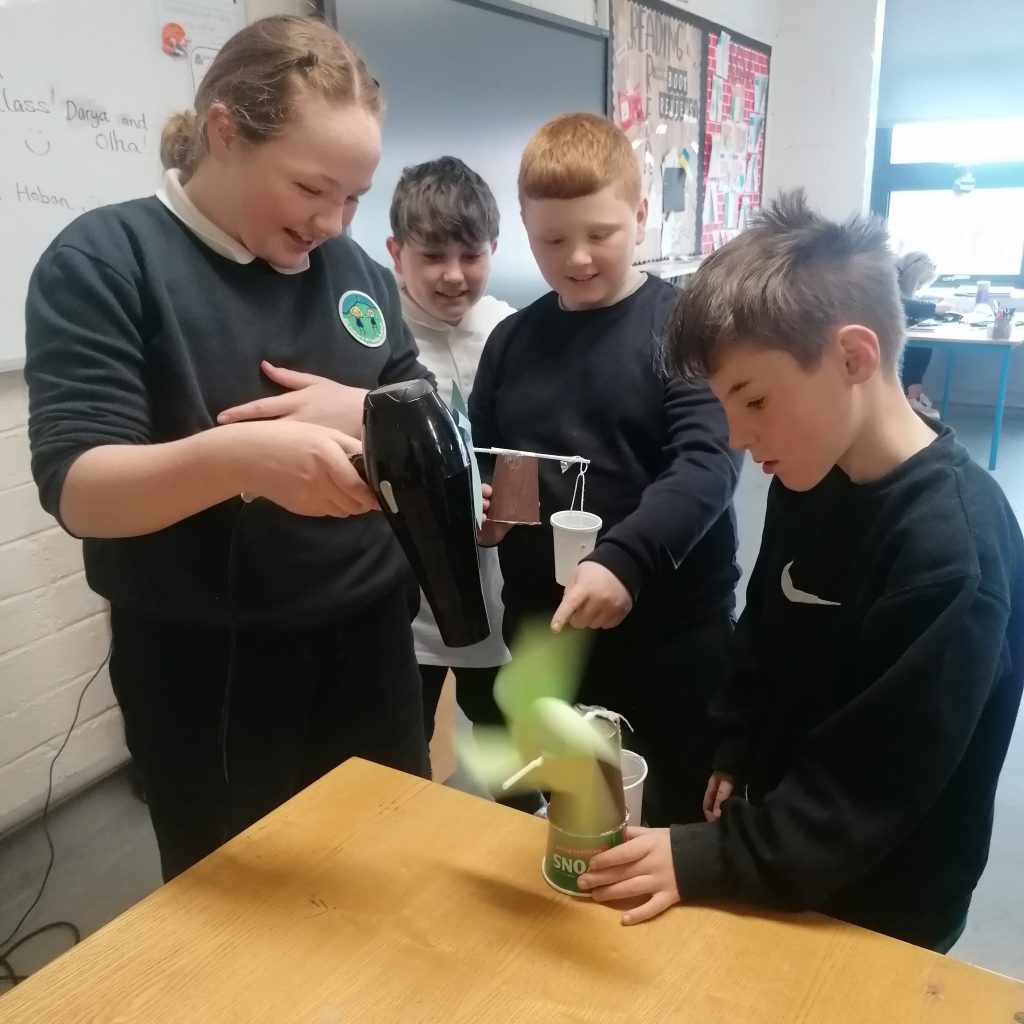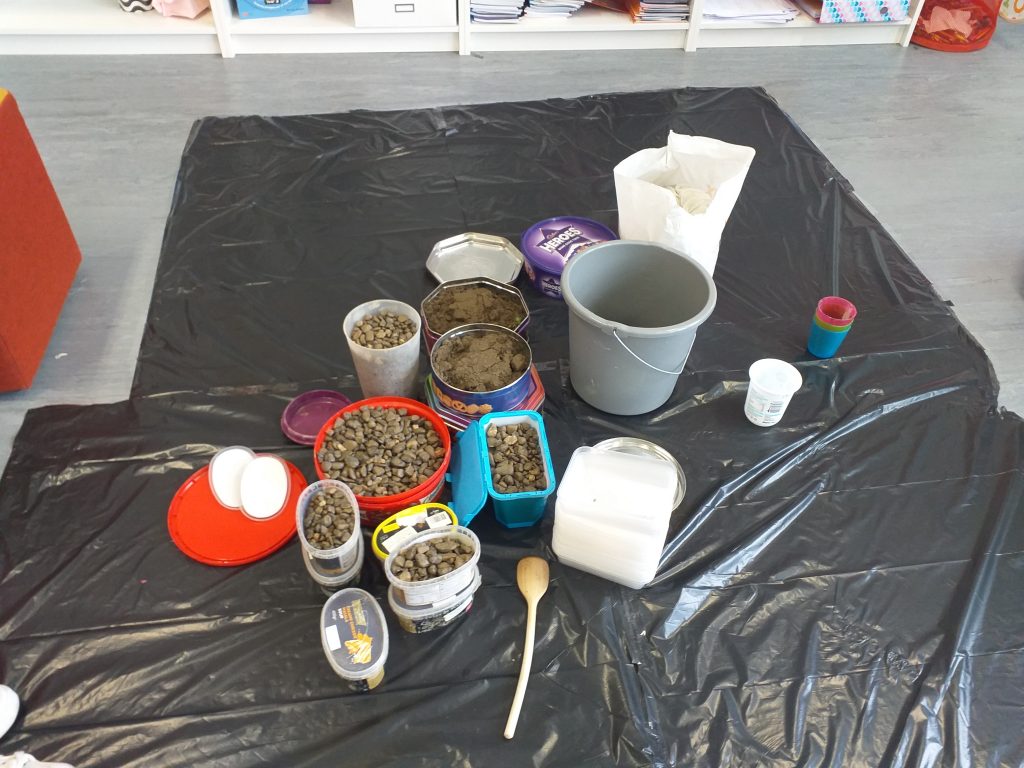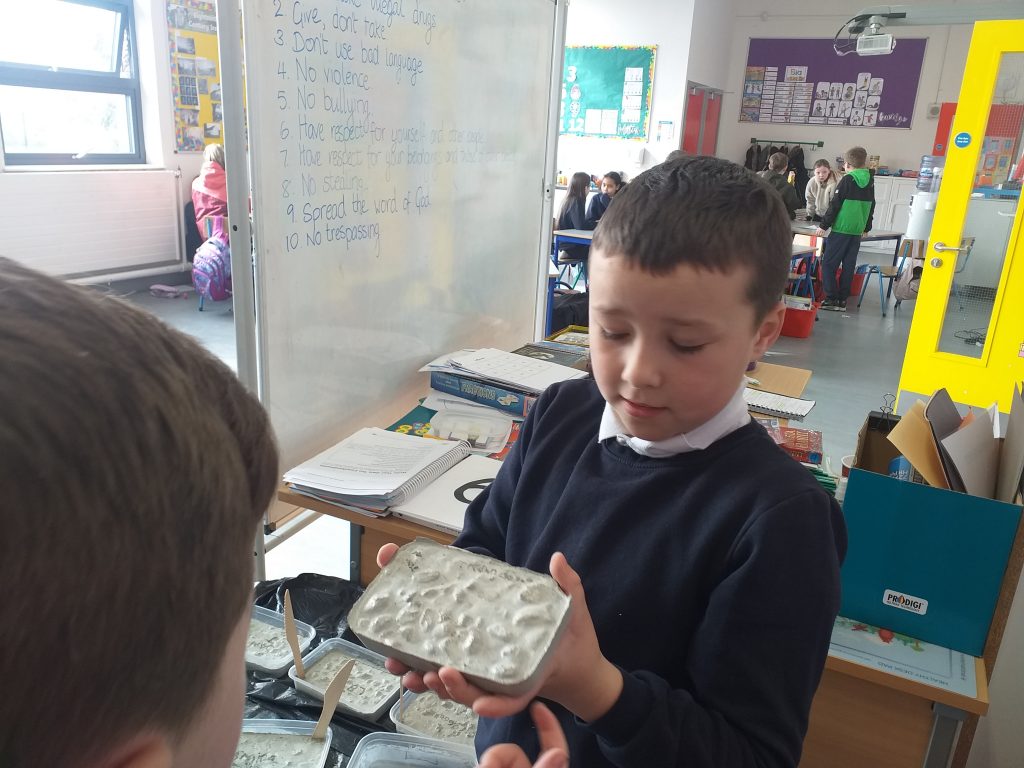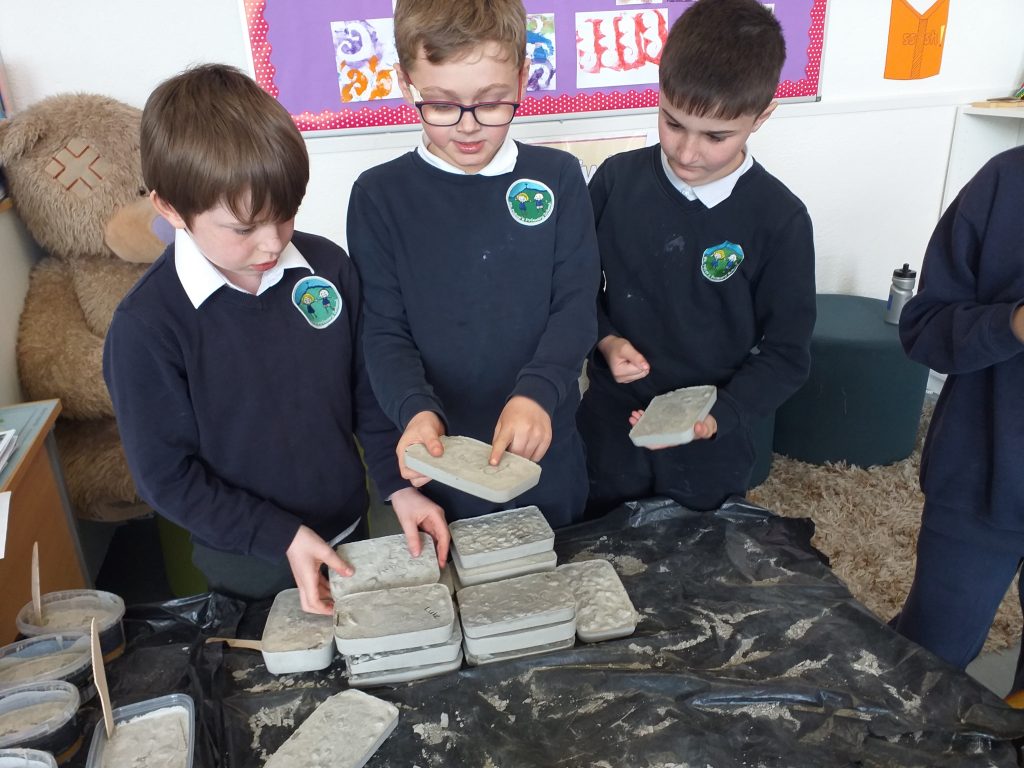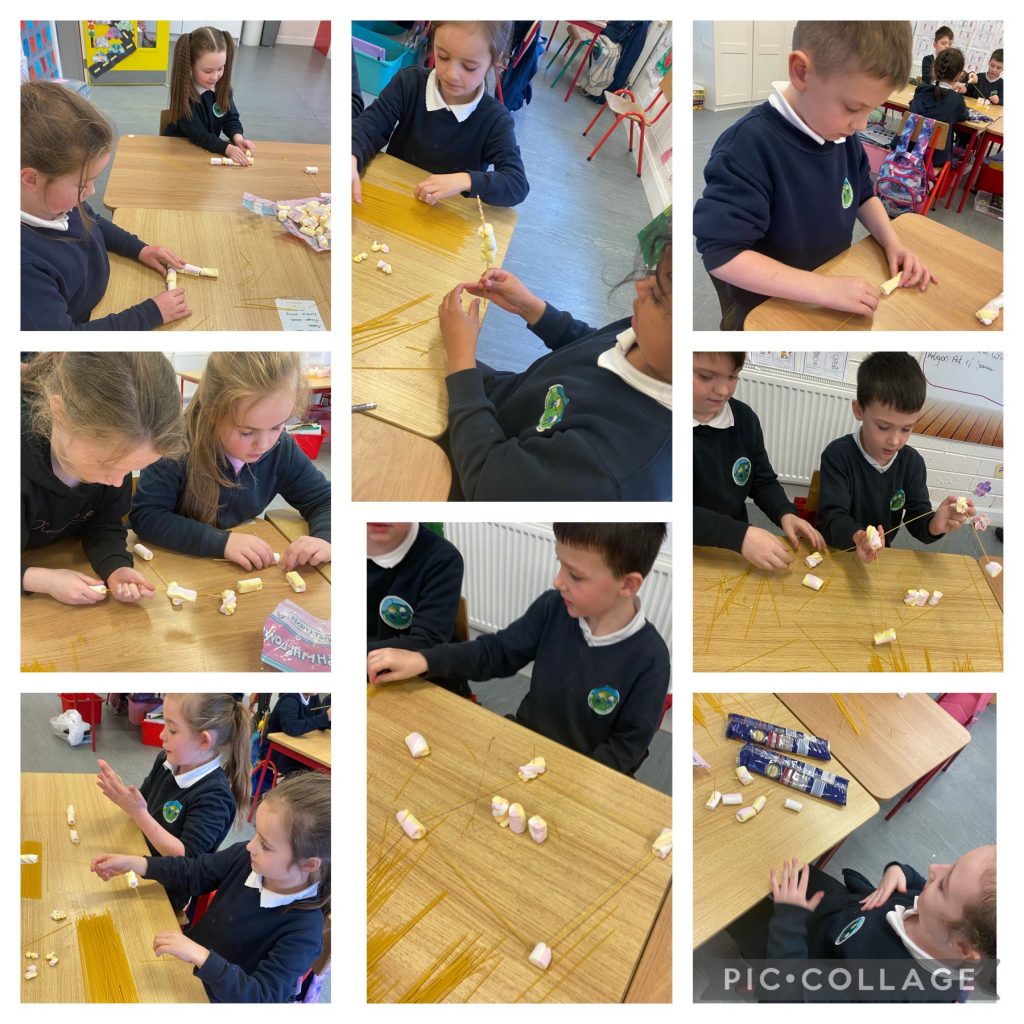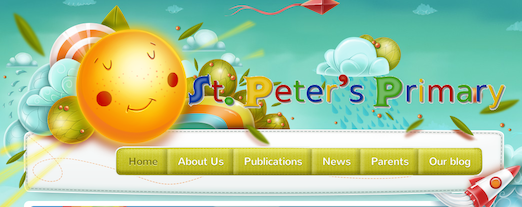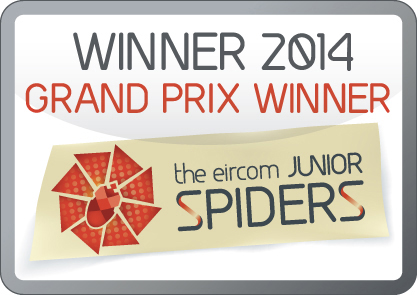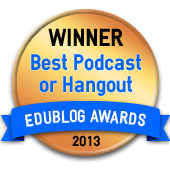Welcome to our submission for the Discover Primary Science and Maths award for 2022. This is our 17th year taking part in the Awards and although this school year has been a little different we are starting to get back to “normal”! Once again, we are applying for the Plaque of STEM Excellence. This award is given to schools that carry out extensive work in science, technology, engineering and maths, all of which are very important in St. Peter’s.
This is the 8th year that we have had Junior and Senior Infants taking part in the award! It is great to see the young scientists have so much fun learning about science and maths. Each year we try to put a big focus on STEM across the school, with a whole school approach helping us achieve even more in this area. This has also meant, due to current circumstances, that we have broadened our scope to encourage STEM at home, which has been both challenging and exciting.
You can read all about it and see the evidence below. It has been great to see the improvements we can make towards helping our school incorporating STEM as a way of thinking, rather than as a stand-alone subject.
All of the pupils are seeing that STEM is about the skills required to learn science, technology and mathematics, and how engineering and design processes and principles are used to achieve an outcome. As students of STEM, we identify a problem. We then need to create possible solutions to these problems, which we can then go and test.
Yet again, a huge amount of work has gone into this application. Every single class in the whole school has taken part, so a big well done to all the pupils and teachers! For the tenth year in a row, we are using our blog to submit our award and to link back to our activities that have taken place during the year.
Step 1: Science
For this step, we carried out hands-on science investigations under the four different strands in classes throughout the school. We also tried to include numeracy in these investigations where possible, linking in with Step 4.
- Energy and Forces: This is always a popular strand as it really excites the children with fun experiments to engage in. Check out Ms. Kane’s Winter Olympics inspired Bobsleds, learn about 1st Class’ Christmas inspired STEM activities featuring Snowmen, Catapults and Lego Sleighs , see how 5th Class got on with their Christmas themed Lego Sleigh challenge and see Junior Infants Exploring Magnets .
- Living Things: Living in the Garden of Ireland classes love to learn about nature. Here 5th Class looked at what Plants need to grow while Junior Infants loved learning all about how our Senses work with a senses walk and tasty experiment.
- Environmental Awareness and Care: Learning all about environmental care 4th class looked at renewable energy and undertook a Wind Powered STEM Challenge, while Senior Infants learned all about caterpillars and gardening linking in with their Aistear theme of the Garden Centre.
- Materials and Change: Check out how Senior Infants got on Making Butter, find out the best way to dissolve candy canes with this Junior Infants Candy Cane Experiment, look at some of the cool experiments 5th Class undertook for Science Week under Materials and Change and check out 1st Class’ Science Week experiments using Jellies.
We love a chance to undertake whole school STEM projects and although curtailed the last couple of years, with a lot of ventilation, sanitizing and distancing pods, we we were able to have a STEM for Fun week with all classes taking part. You can see some of the highlights from different classes with some tweets from 4th Class, 5th Class and Junior Infants
Step 2: Technology
The second step in the application is Technology. Ensuring that ICT is used by our pupils and/or product design using materials (using different materials for design and make projects).
As a previous winner of the Junior Spider Awards, technology has become a part of every-day life in St. Peter’s. We were also awarded the Digital School of Distinction award, which showcased the effort and time we put in incorporating technology into our daily school lives.
We believe this is true for children at all levels. Mr. Kinsella’s Junior Infant class have loved early programming activities with beebots and getting to use the school tablets. Check out how we use IT in Infants
Programming continues in older classes who have been using Lego Wedo. They have loved getting to play with the kits and programming them and engaging with the interactive lessons using the Lego Wedo software.
We see the importance of integrating technology across the curriculum with pupils using cameras, tablets, animoto, and the blog, as well as apps such as Class Dojo and Twitter, to showcase the work that they have been doing during the course of the year. We use our blog weekly to set challenges as Gaeilge for classes with frasa-na-seachtaine
With using technology regularly we recognise the importance of online safety and marked this when we celebrated Safer Internet Day. 6th Class were delighted to be speaking to RTE about internet safety
As you can see from our submission, we have continued to implement technology in our day-to-day teaching and learning, with maths and science at the forefront of this. You can check out all of our tweets from the year @stpetersbray!
Step 3: Engineering
For the third step of our application for the DPSM Plaque of STEM Excellence, we have had a big focus on the Design and Make element of science. Our staff have worked previously in conjunction with St. Patrick’s College regarding professional development in STEM. A big part of this focused on the Design and Make process, and helped us make sure STEM is an integral part of our engineering activities.
Design and Make Projects are always popular. Ms. Kane’s class used Science Week as an excuse to make Ziplines and Tin Foil Boat , while with the costs of rent in Ireland soaring 3rd class have decided to build their own houses and started with Making Blocks
Other classes have gotten in on the action with 2nd Class Building Structures and 3rd Class trying their hands at designing and making Catapults and Junior Infants undertaking various construction activities.
Step 4: Maths
Throughout our science investigations, all classes looked to incorporate Maths as much as possible and like opportunities to explore concepts in a fun way like celebrating Maths Week in the school. Here 1st Class are using coloured paper to design beautiful Patterns and Junior Infants have been getting hands on with numeracy
We also love the chance to explore real world Maths whenever we can and one example of this is baking with Ms. Kelly, focusing on measuring ingredients and timing their dishes.
All classes had fun engaging in Maths week with some examples here from Ms Kane’s Class taking part in a Maths Week Quiz and discovering some Maths Magic
Step 5: STEM Showcase
As a school we know how important it is for students to present their work to an audience, especially with all the hard work put into STEM initiatives by pupils and staff. We always love taking part in initiatives like Science Blast and this year has been no different with 6th Class taking on the Science Blast Challenge.
Typically, classes present their learning during Assembly or at our own showcases but these last couple of years have obviously been a challenge mixing groups. That didn’t stop teachers highlighting some of the great work pupils are doing through our School Blog and twitter and we were delighted with restrictions recently lifting that 6th class were able to hold a Science Fair to show off all the work they put in for this years’ Science Blast.
We couldn’t include all our STEM activities as our teachers and pupils work so hard throughout the year on this but we hope you enjoyed reading a few examples from our submission for the SFI Discover Primary Science and Maths Award!

